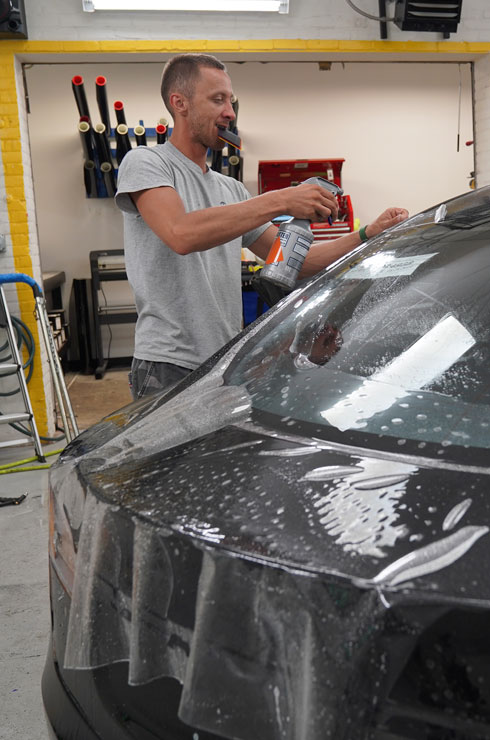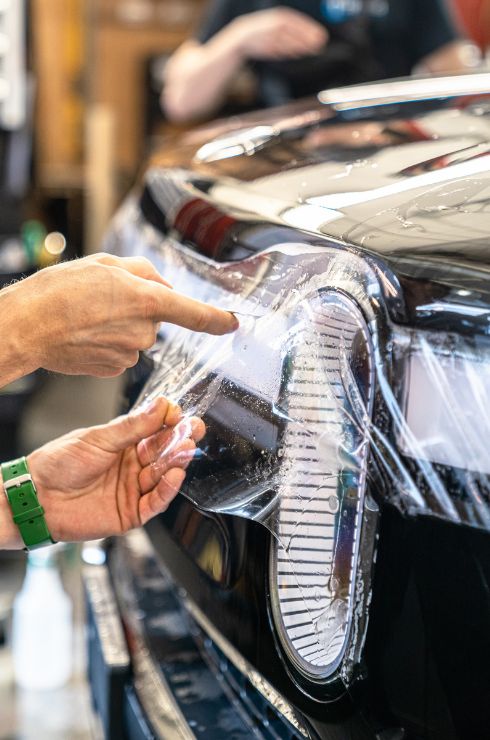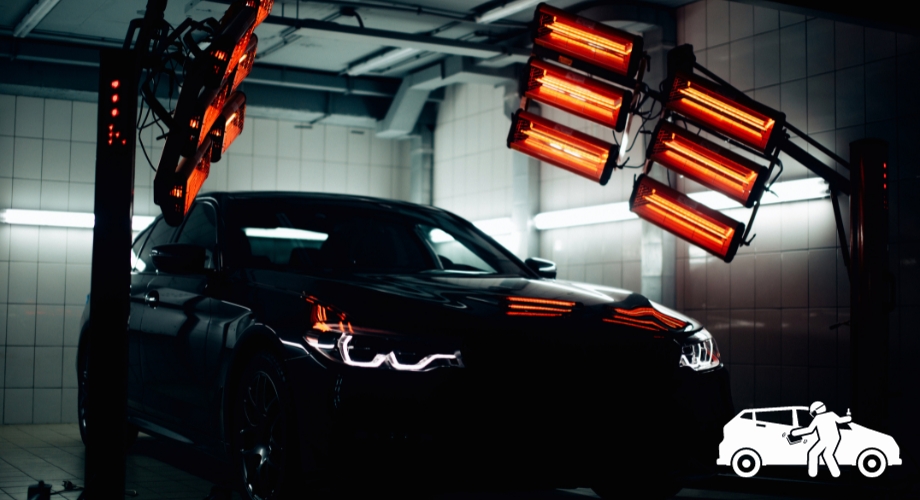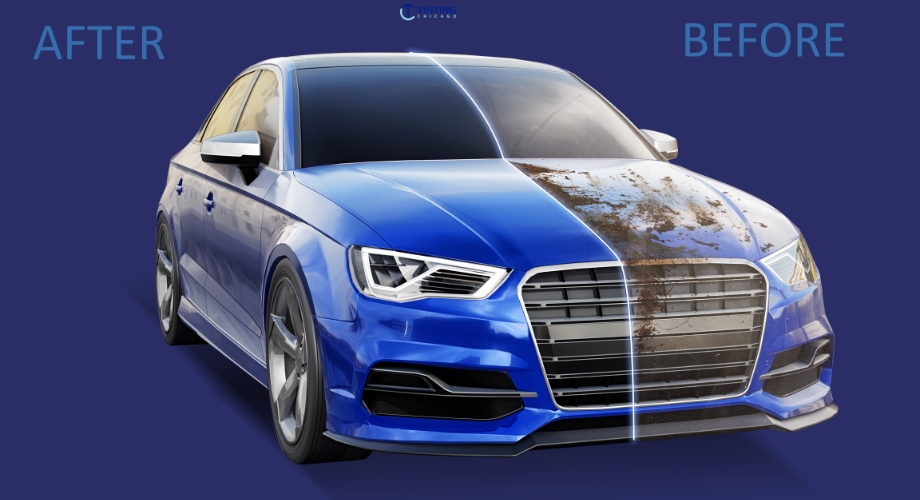


































































































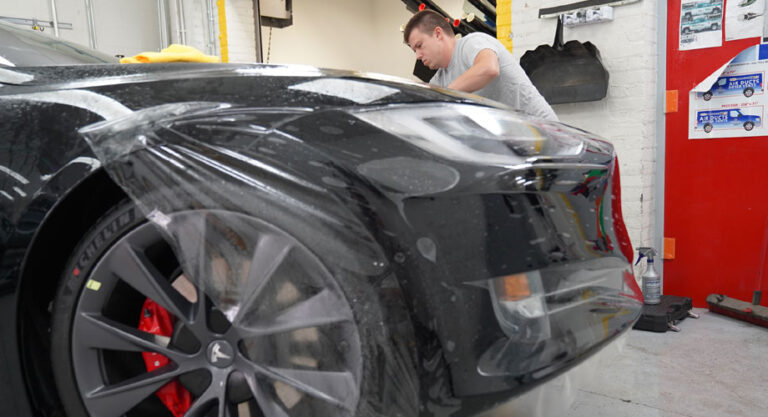
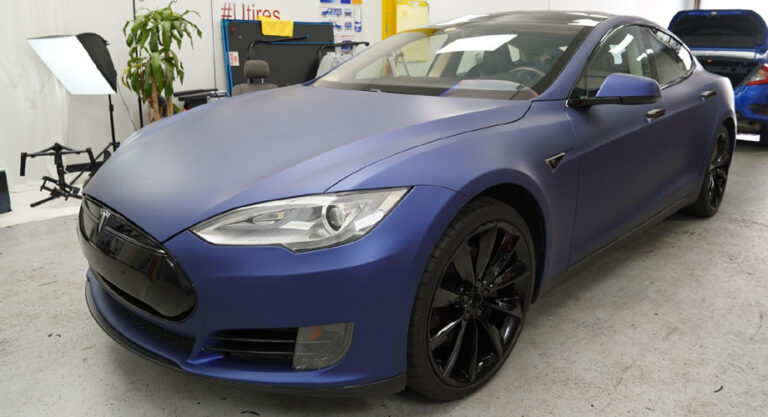

















































































































No matter how durable and high-quality a car’s paintwork is, it loses its attractiveness and color over the years. The car’s appearance becomes unpresentable, and, accordingly, its resale cost drops too. The car’s surface suffers from aggressive external factors, improper care and many other reasons. Even frequent washing, especially auto washing, negatively affects the durability and appearance of the paint.

Wax and sealants are effective means, but they must be refreshed regularly. Exterior polishing also saves the situation, but its effect does not last long, and the number of possible procedures is restricted. However, the invention of ceramic coating has changed it all, allowing effective color and damage protection. It is a transparent, colorless and environment-resistant composition. If restorative polishing of a car helps eliminate external imperfections, then treating the body with a ceramic coating will reduce the risk of such damage in the future. You can get a DIY kit and apply a ceramic coating on your own or opt for a professional application. Which variant is better? Keep reading to find out the pros and cons of each method.
Why do you need ceramic coating?
Ceramic coating is the optimal protection for a car’s paint, preserving its brightness and shine. It uses quartz and silicon nanoparticles to create a hard and durable coating. Ceramic coating creates a bond with paintwork – it penetrates the pores of the paint and fills them, creating reliable exterior protection and adding shine. Here are several arguments in favor of this protective solution:
- Self-cleaning properties. Any dirt or debris effortlessly rolls off the surface instead of becoming trapped within the tiny crevices of your vehicle’s body. Your car remains cleaner, and even when it requires a wash, removing dirt becomes an easy thing.
- UV damage protection. Harmful UV rays can take a toll on your car’s paintwork. The ceramic coating acts as a shield, protecting the paint from oxidation and fading. If you frequently park your car in an open area, this protection is critical.
- Enhanced protection. A variety of contaminants can potentially harm your car’s surface. Ceramic coatings establish a robust, protective layer, enduring a substantial amount of daily wear and tear.
Resistance to chemical reactions. Ceramic coatings protect against stains resulting from acidic pollutants. It is vital for urban areas with high pollution levels. - Longevity. Unlike traditional paint protective means like wax and sealants, ceramic coatings have a much longer lifespan.
- Enhanced Aesthetics. Ceramic coating not only provides protection but also enhances the overall appearance of your car. It brings out the best in the original paint job, resulting in a polished and visually appealing vehicle.
However, you will be able to enjoy all these benefits only if you correctly apply the ceramic coating.
Steps needed to install ceramic coating.
The main rule for the successful application of the ceramic protective coating is to perform it correctly. There are several stages to achieve a satisfying result.
Step 1. Cleaning the car’s exterior. It is critical to reach every small and hidden area where dirt, grime, and debris might accumulate. These are badges, the narrow spaces around windows and body trim, as well as the areas surrounding door handles. Use mild shampoo or soap that can strip away any major dirt buildups.
Step 2. Chemical decontamination. This process involves using specialized chemical products to remove contaminants and impurities from the surface of the car’s paint. Some tiny dirt particles become literally embedded into the paint over time. If not removed, they can compromise the coating adhesion quality. A clay bar or clay mitt is used in combination with a chemical to gently remove bonded contaminants.
Step 3. Surface polishing. Now it is time to level out the paint surface. This step determines the overall cost of ceramic coating installation. It is aimed at eliminating all imperfections on the car’s surface. For pronounced and clearly defined defects, wet-sending treatment is needed. Professional installers use a buffing machine and a special paste to process the paint surface and achieve a strong bond with a ceramic coating layer. This phase is finished with a final wipe-off.
Step 4. Application of ceramic coating. Now, you can finally apply a ceramic coating over your vehicle. It usually comes in a bottle and is spread with a microfiber applicator. It takes some time for the bonding process to start, and then the surface is to be leveled out by buffing.
As you see, the installation of ceramic coating can become a challenge for an amateur. Moreover, not everyone is ready to invest in additional tools needed for this procedure.
DIY ceramic coating vs. professional application.
Are you still struggling between DIY application and entrusting the task to a professional detailer? Here are some advantages and disadvantages of both options that will facilitate your choice.
DIY ceramic coating advantages:
- Affordable cost. One of the main reasons people opt for a DIY ceramic coating is cost savings. DIY kits are often more affordable than professional services.
- Convenience. DIY kits are readily available online and in automotive stores, making it convenient for car owners to access and apply the product at their own pace.
- New experience. Applying a ceramic coating can be a learning experience, allowing car enthusiasts to better understand the product and its application process.
Disadvantages of DIY ceramic coating:
- Lack of expertise. Amateurs usually lack the experience and knowledge needed to properly prepare the car’s surface, apply the coating evenly, and achieve professional-level results.
- Risk of failure. DIY applications are prone to mistakes, such as uneven coating, missed spots, and inadequate surface preparation, which can mess up the outcome.
- Limited durability. DIY coatings may not last as long or provide the same level of protection as professional-grade products due to variations in application quality. Moreover, you will not get a warranty.
our latest news!
Professional ceramic coating installation advantages:
- Expert skills. Professional detailers have extensive experience and training, ensuring correct surface preparation and application techniques, resulting in superior outcomes.
- High-quality products. Certified dealers have access to prime-quality ceramic coating products that may outperform consumer-grade alternatives.
- Enhanced durability. Correctly applied ceramic coatings tend to be more durable, with some offering a multi-year warranty when properly maintained.
- Professional customization. Experts can tailor the coating to meet specific needs, adjusting the number of layers and selecting coatings with desired properties.
Disadvantages of professional ceramic coating installation:
- Cost. Professional services typically come with a higher price tag than DIY kits due to labor, expertise, and premium products.
- Time scheduling. You may need advance booking, which is less convenient for those seeking immediate application.
Thus, car owners are free to decide whether they are ready to experiment and risk or get a guaranteed result.
Is ceramic coating a replacement for paint protection film (PPF)?
Ceramic coating and PPF serve different purposes. PPF acts as a physical shield against scratches, abrasions and other environmental threats, while ceramic coating enhances the overall appearance and protection of the paint. Both means can be used in combination for a more powerful effect.
Can the ceramic coating be easily removed or reapplied?
You can remove ceramic coating using abrasive methods like polishing or paint correction. Reapplication is possible by removing the existing coating and applying a new one. These procedures require skills, so it is better to trust professionals to avoid paintwork damage.
Is ceramic coating good for paint surfaces only?
This type of protective coating can be applied to other vehicle surfaces, for example, windows, metal parts and plastic trims. However, not all ceramic coatings are suitable for all surfaces – you should refer to the product recommendation or consult a dealer or detailer.
What care is needed for a ceramic-coated vehicle?
It is advisable to avoid automatic car washes with brushes. Opt for pH-balanced car wash solutions, use the two-bucket washing method and soft tissues to minimize potential damages. Do not forget about professional maintenance – annual inspection and boost.
How long does ceramic coating last?
The longevity of ceramic coating depends on the quality of the product, environmental conditions and maintenance. Professional-grade coatings will serve for up to five years.
What is the warranty for ceramic coating?
Most manufacturers provide a warranty if the ceramic coating is applied by a certified professional installer. DIY applications are typically not covered by warranty terms.
The verdict.
The choice between DIY and professional ceramic coating ultimately depends on your needs, budget and level of expertise. DIY kits are cost-effective, but these are good for car enthusiasts who have some experience with car care projects. Ceramic coating application is intricate enough; without proper knowledge, skills and equipment, you can compromise the coating’s effectiveness. Thus, a DIY approach is viable for those with budget constraints and a willingness to experiment. Professional services offer superior expertise and premium products and ensure a flawless procedure. This option may involve more costs, but it definitely reduces risks and errors, providing long-lasting results. So if you prioritize convenience, high-quality results and protection under warranty, trust ceramic coating applications to experts.





























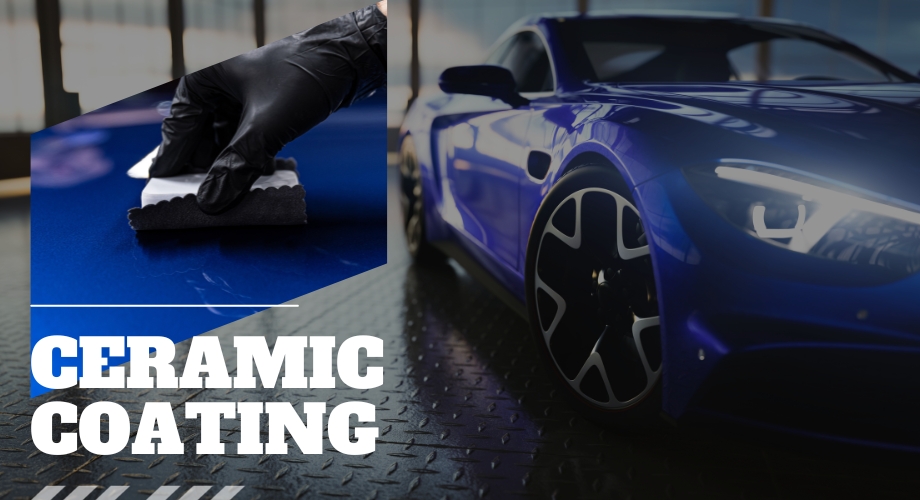
 Send a message
Send a message Send a message
Send a message